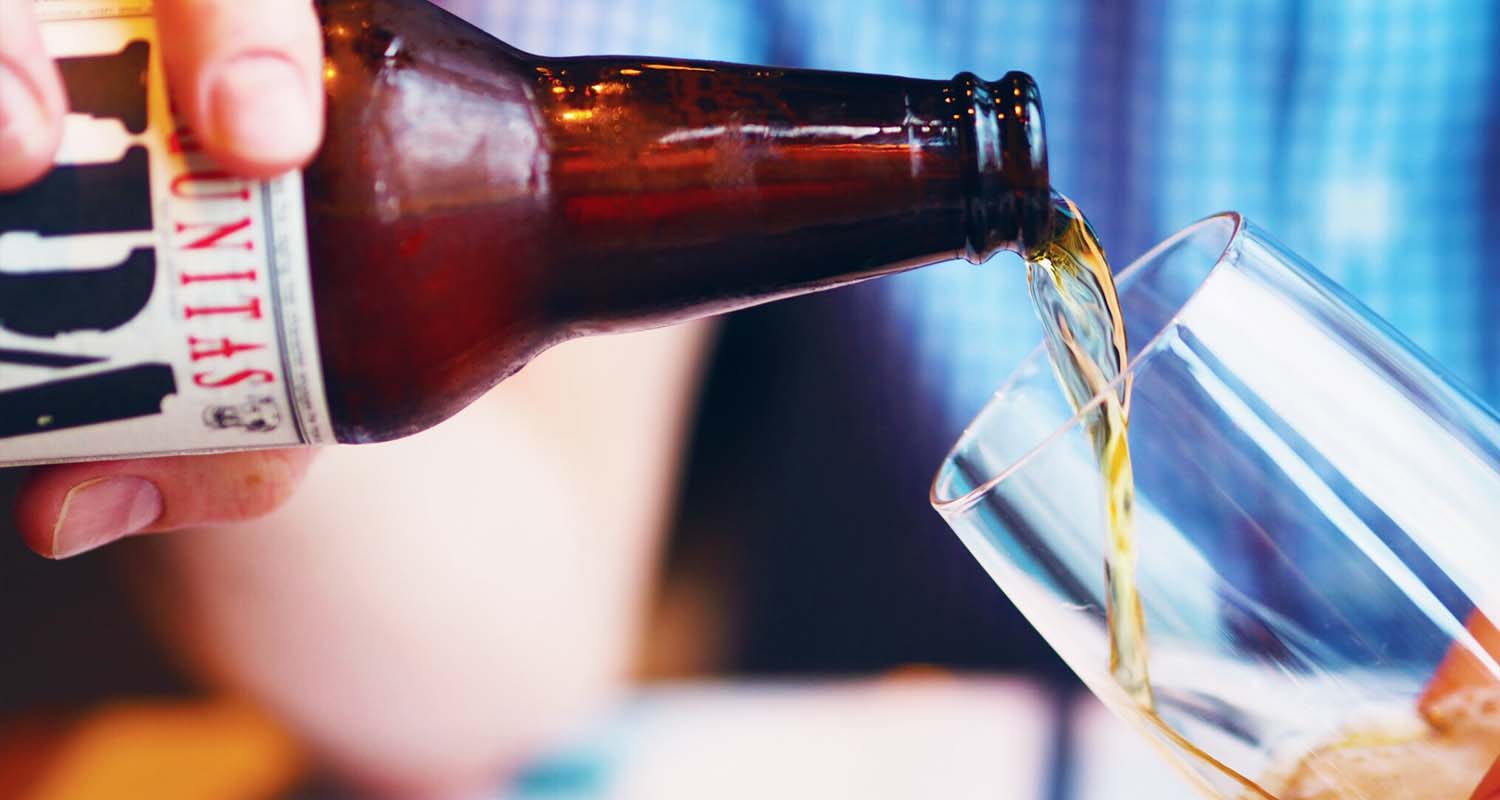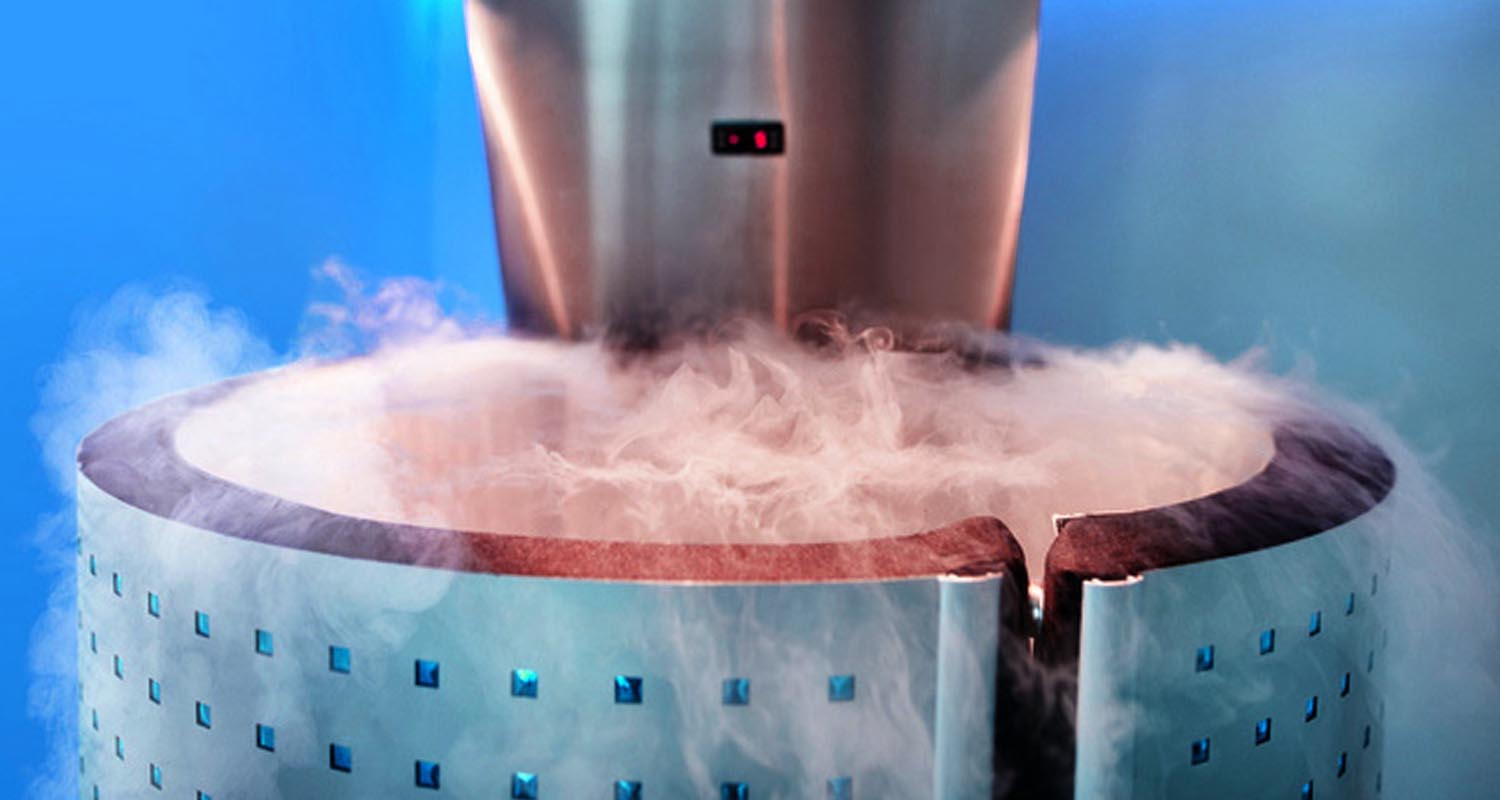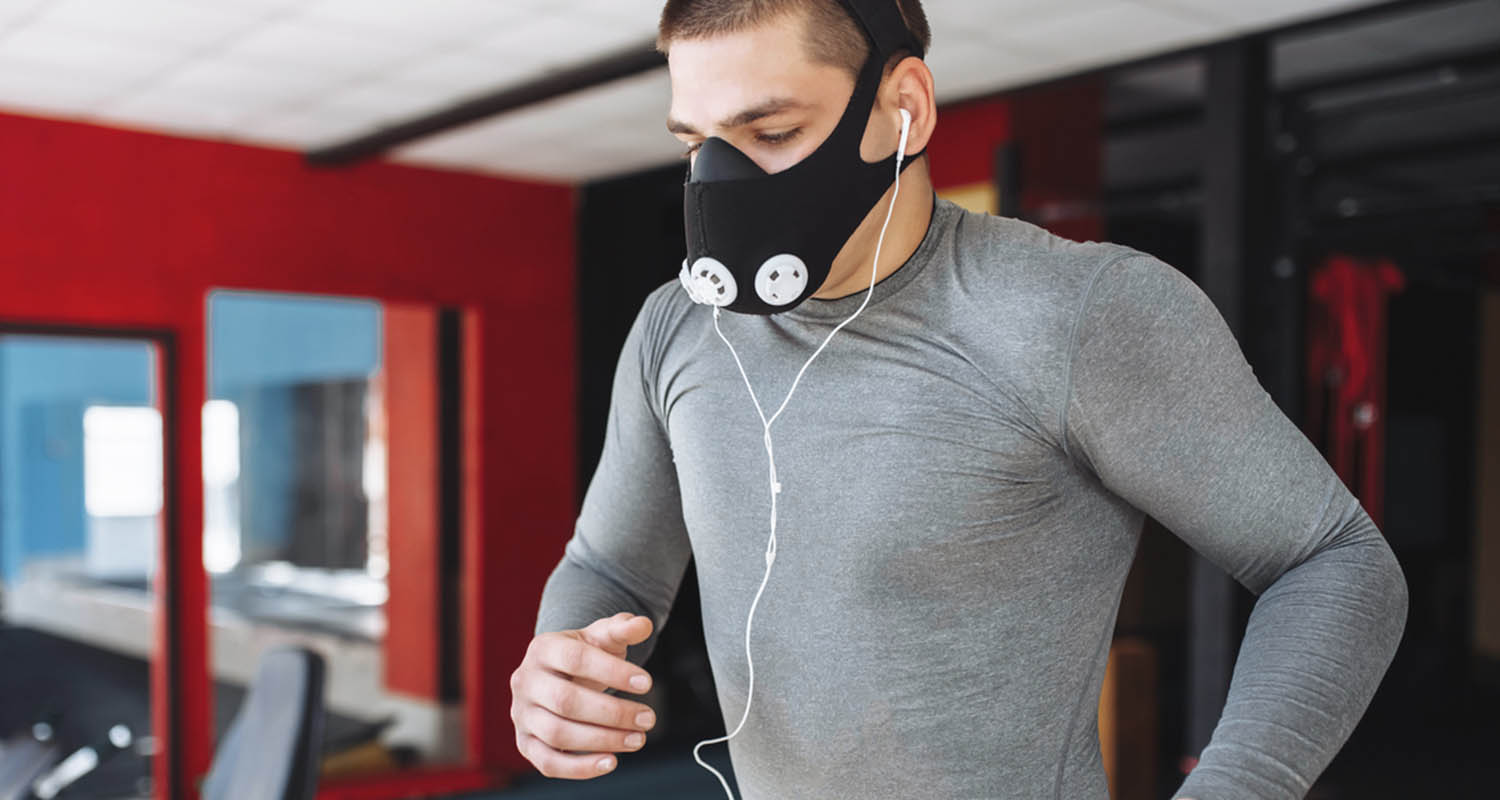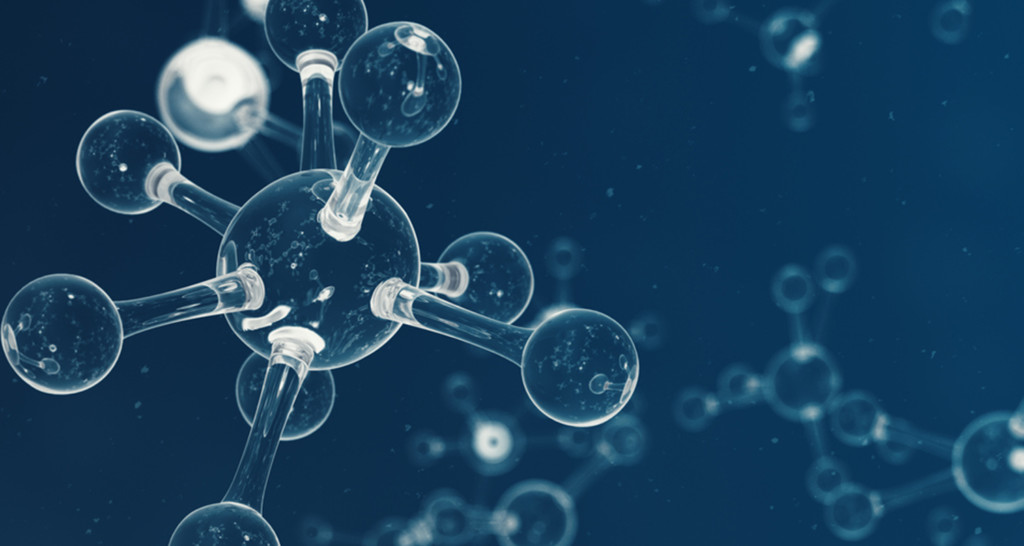This episode of Bulletproof Radio was recorded live at the Genius Network. My guest spent years researching how trauma affects our minds and our lives. In doing so, he began to understand that events and experiences throughout our lifetime continue to play a role in how we experience life in the present.
“Trauma is a glitch, it’s an error message,” says Don Wood, Ph.D. “If you think about something that happened to you 10 years ago and you feel fear or anger, or you feel an emotion, then that’s affecting you.”
He also realized that there was a better way of treating the issue. “Teaching people to live with, manage and cope with the daily stress doesn’t fix the problem,” Don says. “The solution comes from understanding its source and providing a long-term permanent solution.”
So, Don developed a more efficient and effective solution for trauma using modern advancements in the study of neuroscience and cutting-edge proprietary techniques. The result has been the development of the Inspired Performance Institute and the creation of a revolutionary approach to performance improvement.
Enjoy the show!
Follow Along with the Transcript
How to Stay Present No Matter What – Don Wood, Ph.D. – #648
Links/Resources
Website: inspiredperformanceinstitute.com
Facebook: facebook.com/inspiredperformanceinstitute
Twitter: @inspiredperfor2
Instagram: @inspiredperformanceinstitute
Book: “You Must Be Out of Your Mind”
Key Notes
- Dr. Wood got into the field because of his wife 00:03:30
- Misinterpreting people’s behavior 00:05:30
- The Time Slice Theory 00:06:40
- Crohn’s Disease and Trauma 00:10:00
- Defining the word “trauma” 00:11:30
- Why Dr. Wood focused on missing children 00:17:00
- PTSD and TBIs 00:21:20
- How Dr. Wood treats trauma 00:27:55
- Is disassociation useful or harmful? 00:32:45
- What should you do if you think you have trauma? 00:38:45
- Your business is a direct reflection of your subconscious state 00:40:40
- Is everyone fixable? 00:42:45
- What causes addiction? 00:46:35
- Is it better to do trauma work in a group? 00:51:30
- Can anyone be a healer? 00:54:55
- What makes a good golfer the best? 01:00:45
Go check out my new book “Super Human: The Bulletproof Plan to Age Backward and Maybe Even Live Forever“ and also “Game Changers“, “Headstrong” and “The Bulletproof Diet” on Amazon and consider leaving a review!
If you like today’s episode, check us out on Apple Podcasts at daveasprey.com/apple and leave us a 5-star rating and a creative review.


 You might think of gratitude as a feeling that occurs after you receive something – a gift, a compliment, or a bit of luck. But
You might think of gratitude as a feeling that occurs after you receive something – a gift, a compliment, or a bit of luck. But  This is probably the most popular gratitude practice to date. Writing down your gratitudes is tangible, and it’s easier to remember to be grateful daily when it involves a physical object. The process is simple: write down three things you’re grateful for in the morning, and three more before bed. If that’s too much, just pick the morning or the evening to write.
This is probably the most popular gratitude practice to date. Writing down your gratitudes is tangible, and it’s easier to remember to be grateful daily when it involves a physical object. The process is simple: write down three things you’re grateful for in the morning, and three more before bed. If that’s too much, just pick the morning or the evening to write.  Mindfulness is simple: slow your life down.
Mindfulness is simple: slow your life down.  Buy a new car, and the pleasure of owning it will wear off pretty quickly. Take the bus for a week instead of driving, and you’ll be thankful for your car on a whole new level.
Buy a new car, and the pleasure of owning it will wear off pretty quickly. Take the bus for a week instead of driving, and you’ll be thankful for your car on a whole new level.  Bonus points if you leave your phone at home.
Bonus points if you leave your phone at home. Look for opportunities to be grateful throughout your day. This is especially useful when you’re having a bad day or you find yourself focusing on negative emotions. This isn’t about being fake or lying to yourself. It’s more about actively looking for things in your life that you have an authentic appreciation for. This might start out as just being grateful for your cup of coffee every morning, or the fact that you’re healthy.
Look for opportunities to be grateful throughout your day. This is especially useful when you’re having a bad day or you find yourself focusing on negative emotions. This isn’t about being fake or lying to yourself. It’s more about actively looking for things in your life that you have an authentic appreciation for. This might start out as just being grateful for your cup of coffee every morning, or the fact that you’re healthy. Go for a walk (maybe on your way to work), and pay close attention to everything you see and experience. Notice all the beauty, the feeling of each step in the soles of your feet, etc. This will calm your mind and bring up gratitude. Focus on the feeling gratitude creates in your body, and enjoy it.
Go for a walk (maybe on your way to work), and pay close attention to everything you see and experience. Notice all the beauty, the feeling of each step in the soles of your feet, etc. This will calm your mind and bring up gratitude. Focus on the feeling gratitude creates in your body, and enjoy it. You can carry around a lot of stress – even unconsciously – from anger and hurt. To practice a combination gratitude and forgiveness, write down something that’s hurt you, or maybe just acknowledge some of your anger or pain. Feel the negative emotion, then find a way the situation that caused it benefited you or shaped you into who you are today, and let the negativity go. Again, this is so powerful that it’s a component of
You can carry around a lot of stress – even unconsciously – from anger and hurt. To practice a combination gratitude and forgiveness, write down something that’s hurt you, or maybe just acknowledge some of your anger or pain. Feel the negative emotion, then find a way the situation that caused it benefited you or shaped you into who you are today, and let the negativity go. Again, this is so powerful that it’s a component of  Hormesis is the “what doesn’t kill you makes you stronger” type of stress.
Hormesis is the “what doesn’t kill you makes you stronger” type of stress. Alcohol, for example, has a hormetic effect if you have it in small doses.[ref url=”https://www.ncbi.nlm.nih.gov/pmc/articles/PMC2657506/ https://www.ncbi.nlm.nih.gov/pubmed/15037490″] However, alcohol also damages your mitochondria and causes inflammation in your gut.[ref url=”https://www.ncbi.nlm.nih.gov/pmc/articles/PMC2842521/”] The downsides are greater than the upsides, which is why alcohol is not Bulletproof (that said, odds are you’re going to have a drink now and then. When you do, check out this
Alcohol, for example, has a hormetic effect if you have it in small doses.[ref url=”https://www.ncbi.nlm.nih.gov/pmc/articles/PMC2657506/ https://www.ncbi.nlm.nih.gov/pubmed/15037490″] However, alcohol also damages your mitochondria and causes inflammation in your gut.[ref url=”https://www.ncbi.nlm.nih.gov/pmc/articles/PMC2842521/”] The downsides are greater than the upsides, which is why alcohol is not Bulletproof (that said, odds are you’re going to have a drink now and then. When you do, check out this  Another non-beneficial stressor is gluten. You may produce a hormetic response to gluten, but even if you’re not particularly sensitive to it, it can trigger an inflammatory and damaging T-cell response that outweighs any benefit from hormesis.[ref url=”https://www.ncbi.nlm.nih.gov/pmc/articles/PMC3306175/”] That’s why gluten is not part of the Bulletproof Diet.
Another non-beneficial stressor is gluten. You may produce a hormetic response to gluten, but even if you’re not particularly sensitive to it, it can trigger an inflammatory and damaging T-cell response that outweighs any benefit from hormesis.[ref url=”https://www.ncbi.nlm.nih.gov/pmc/articles/PMC3306175/”] That’s why gluten is not part of the Bulletproof Diet. If you looked at your muscle fibers under a microscope after a hard workout, you’d see chaos. They’d be torn, inflamed, sore, and weak. If you didn’t know better, you’d probably conclude that, for your health, you should never exercise again.
If you looked at your muscle fibers under a microscope after a hard workout, you’d see chaos. They’d be torn, inflamed, sore, and weak. If you didn’t know better, you’d probably conclude that, for your health, you should never exercise again. Fasting is another hormetic stressor with huge benefits. It makes sense from an evolutionary standpoint — in times of starvation, your body had to run at its peak efficiency, both to save energy and to increase your odds of finding or catching something to eat. And sure enough, research shows that fasting is amazing for you:
Fasting is another hormetic stressor with huge benefits. It makes sense from an evolutionary standpoint — in times of starvation, your body had to run at its peak efficiency, both to save energy and to increase your odds of finding or catching something to eat. And sure enough, research shows that fasting is amazing for you: Intense hot and cold both increase oxidative stress levels in your body, but they trigger a whole cascade of positive changes, too. Just ask
Intense hot and cold both increase oxidative stress levels in your body, but they trigger a whole cascade of positive changes, too. Just ask 
 I wrote about oxygen deprivation (also called hypoxia) in “
I wrote about oxygen deprivation (also called hypoxia) in “ Sun exposure also triggers hormesis. UV rays cause sunburn, cancer, and all kinds of nasty damage if you get too many of them, but when you get the right dose, sun exposure is an incredibly powerful (and free) biohack.
Sun exposure also triggers hormesis. UV rays cause sunburn, cancer, and all kinds of nasty damage if you get too many of them, but when you get the right dose, sun exposure is an incredibly powerful (and free) biohack.



